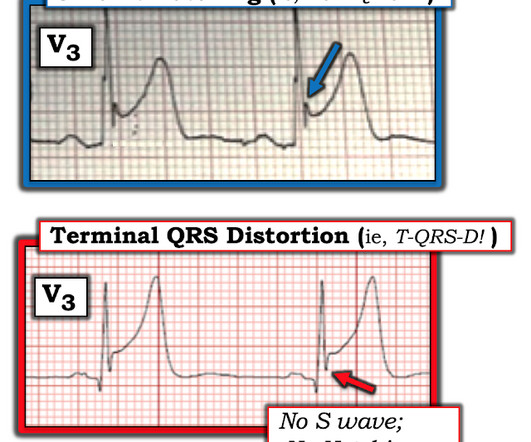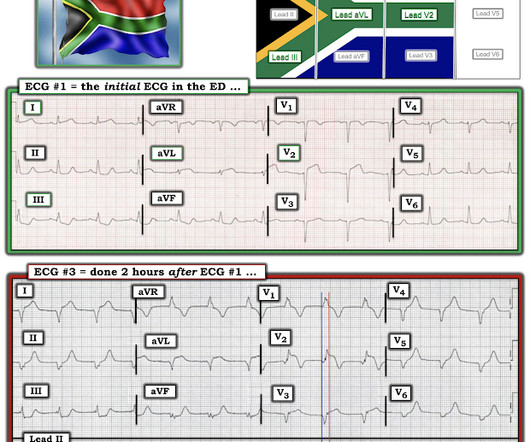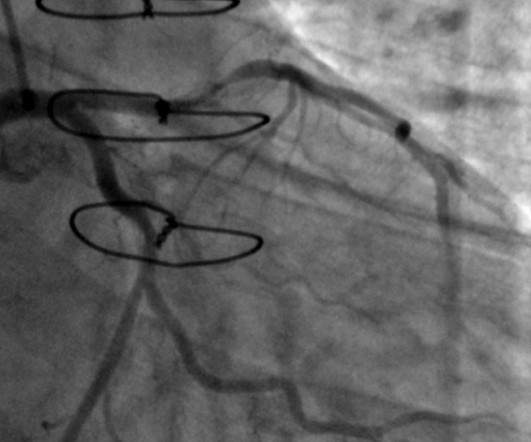An unusual query in Wellen’s syndrome ?
Dr. S. Venkatesan MD
JANUARY 14, 2024
Will evolve into STEMI by prothrombotic trigger of lytic agent ECG will get normalised with clinical stability in some Nothing happens. Majority of Wellens end up as NSTEMI, statistics tells us about 20% of them can be STEMI in incognito mode demanding lysis or emergency PCI. ECG will remain same. How to manage Wellen syndrome?













Let's personalize your content